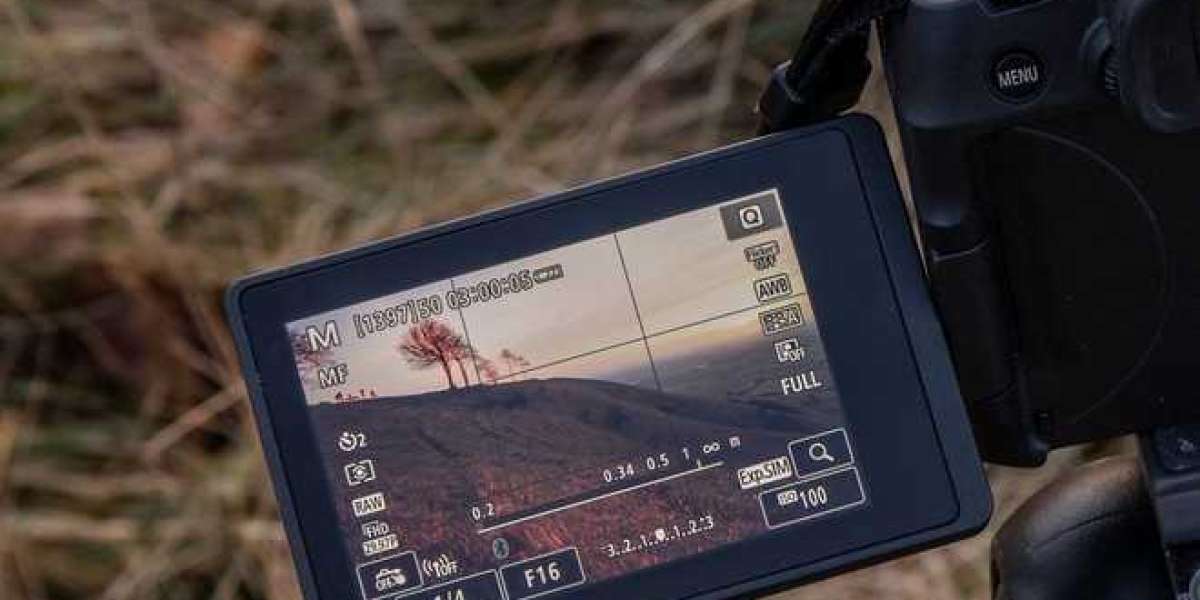Modern photography and imaging systems rely heavily on advancements in optical technology — and one of the most vital innovations is the EVF optical module. Short for “Electronic Viewfinder,” this module has transformed how photographers and AR/VR system users visualize their subjects in real time. By replacing traditional optical paths with electronic imaging and display optics, EVF modules enable precise, fast, and bright image previews even in challenging lighting conditions.
In this article, we’ll explore the working principles of EVF optical modules, their role in enhancing camera performance, and their broader applications across imaging devices and AR/VR technologies.
What Is an EVF Optical Module?
An EVF optical module (Electronic Viewfinder) is a miniature optical and electronic system used in cameras and display devices to project real-time digital imagery. Unlike traditional optical viewfinders, which rely on mirrors or prisms, the EVF uses a small display — typically OLED or LCD — along with optical lenses to reproduce a live image captured by the sensor.
This optical-electronic hybrid design offers photographers and engineers greater flexibility, as it allows real-time exposure control, focus confirmation, and accurate representation of color and lighting before capturing an image.
Working Principle of EVF Optical Module
The EVF optical module works by transmitting the live image signal from the image sensor to a microdisplay inside the viewfinder. The module then uses precision optical lenses to magnify and project that digital image to the user’s eye.
Key components include:
Microdisplay (OLED or LCD) – Provides the high-resolution live image feed.
Collimating Lens System – Ensures the image appears sharp and natural at varying viewing angles.
Eyepiece Lens – Adjusts optical path and viewing comfort.
Image Processor – Synchronizes the signal from the camera sensor to display real-time output.
The result is a bright, accurate, and lag-free visual experience, making the EVF module essential for professional cameras and AR/VR optical systems.
Advantages of EVF Optical Modules
Accurate Real-Time Preview – EVFs display exactly what the image sensor captures, allowing photographers to adjust exposure, focus, and framing instantly.
Enhanced Low-Light Performance – The module amplifies brightness digitally, improving visibility in dark environments.
Compact and Lightweight – EVF modules eliminate bulky mirrors and prisms, making camera bodies smaller and more ergonomic.
Customizable Display Data – Photographers can view histograms, grids, and focus peaking overlays for improved control.
Reduced Eye Strain – High-quality optics and refresh rates provide a natural, comfortable viewing experience during long shooting sessions.
These features not only improve photographic accuracy but also enhance operational efficiency across professional imaging systems.
Applications Beyond Photography
While the EVF optical module is best known in cameras, it’s also gaining traction in other sectors. AR/VR systems, industrial inspection tools, and drone controllers use EVF modules for high-resolution visual monitoring.
In AR and VR, these modules integrate with microdisplays to create immersive and responsive visual environments. The optical precision allows for sharper and more stable imagery in compact wearable devices.
Industrial engineers utilize EVF-based modules in digital microscopes and inspection optics, ensuring precision alignment and visual calibration. The EVF optical module therefore extends beyond photography — it’s part of a new generation of visual interface technologies.
EVF vs. Optical Viewfinder (OVF): Key Differences
| Feature | EVF Optical Module | Optical Viewfinder (OVF) |
|---|---|---|
| Image Source | Digital (from sensor) | Optical (via mirrors) |
| Display | Micro OLED/LCD | Prism and mirror |
| Real-Time Effects | Yes (exposure, color, filters) | No |
| Low-Light Performance | Excellent | Limited |
| Size and Weight | Compact | Bulkier |
| Adaptability | Works in AR/VR systems | Limited to cameras |
EVF modules not only simplify mechanical design but also enable advanced digital features impossible in traditional viewfinders.
Technological Advancements in EVF Modules
Recent innovations have made EVF optical modules smaller, faster, and more energy-efficient. The integration of micro OLED displays has improved contrast ratios, while aspherical and hybrid lenses enhance field uniformity and minimize distortion.
Furthermore, new AI-driven viewfinder processing allows for real-time focus tracking and exposure optimization, ensuring professional-grade imaging even in dynamic conditions. These improvements are paving the way for EVF adoption in everything from compact cameras to next-gen wearable optical devices.
Future of EVF Optical Modules
The future of EVF modules lies in merging AI-enhanced optics, micro OLED display technology, and AR-compatible imaging systems. As cameras and wearable devices demand higher resolution with smaller footprints, manufacturers continue refining EVF optics for improved clarity and reduced latency.
Next-generation EVF modules may include adaptive brightness control, eye-tracking integration, and HDR display output, further bridging the gap between physical and digital vision.
Conclusion
The EVF optical module is far more than a camera component — it’s a key player in the evolution of optical and display technologies. From digital cameras to augmented reality systems, its ability to deliver real-time precision imaging has transformed how users capture and perceive visual data.
With continued advancements in microdisplay technology and optical design, EVF modules will remain central to the future of digital imaging and immersive optics.








